I wrote this article in Japanese and translated it into English using ChatGPT. I also used ChatGPT to create the English article title. I did my best to correct any translation mistakes, but please let me know if you find any errors. By the way, I did not use ChatGPT when writing the Japanese article. The entire article was written from scratch by me, Saikawa Goto.
Introduction
Movies and books covered in this article

Three takeaways from this article
- The Invisible Fact over-emphasizes the danger of the situation, furthermore leaves the impression that it will stay that way.
- The truly terrifying “division” occurs among those who belong to the same group.
- While the argues of all positions are convincing, they are pitted against each other, resulting in division.
Self-introduction article


Published Kindle books(Free on Kindle Unlimited)
“The genius Einstein: An easy-to-understand book about interesting science advances that is not too simple based on his life and discoveries: Theory of Relativity, Cosmology and Quantum Theory”
“Why is “lack of imagination” called “communication skills”?: Japanese-specific”negative” communication”
The quotes used in this article are based on notes taken at the movie theater from movies in Japanese and are not direct quotes from the foreign language original movies, even if they exist.
Shocking “Social” Zombie Movies
To understand the contents of this article, it is necessary to first understand the rough setting of the movie. Although it is a “zombie movie,” it is actually a story about “social division.”

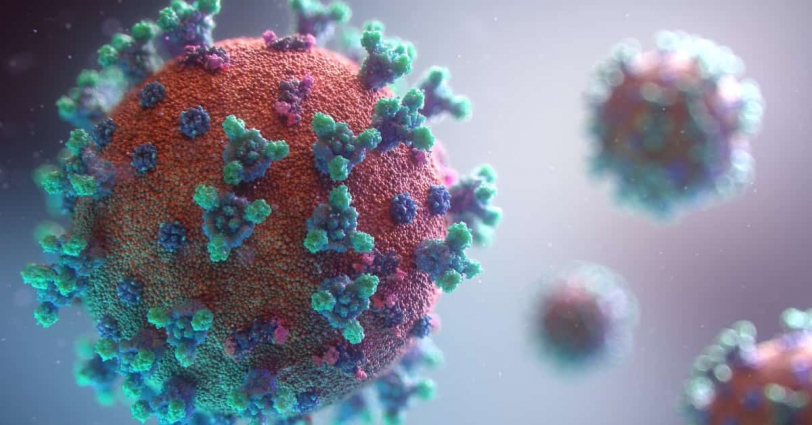
A new type of pathogen called the “Maze Virus” has spread, and those who become infected turn into zombies. They attack others, and those who are attacked also become infected with the “Maze Virus.”
However, several years later, a groundbreaking treatment was invented, and 75% of the infected patients recovered. They are called “Cured patients.”
In other words, in this world, three completely different positions coexist: “those who did not become infected with the Maze Virus,” “Cured patients,” and “infected patients who have not recovered after receiving cure and continue to be quarantined.”
This story depicts the “division” that connects to modern society from this setting.
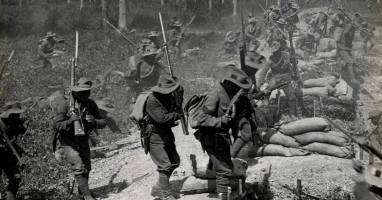
A Movie That Exaggerates “Ignorance and Fear Driving Division” and Becomes a Mirror of Modern Society
Fear of “the Invisible”
In the movie “Joker,” there is a scene where the main character shows a piece of paper to the passengers on the bus that says something like “I have a laughing disease.” This scene clearly shows that “humans tend to judge based on what they see.”
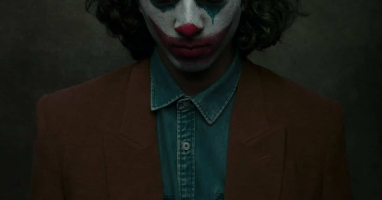
If someone nearby suddenly bursts into laughter, some people may feel like “they are laughing at me” or “making fun of me.” The fact that “laughing disease” cannot be seen with the eyes means that it is judged by the visible act of “laughing unexpectedly.”
This movie also depicts a similar fear.
The “Cured patient” is someone who has recovered from the “Maze Virus” and is no longer susceptible to infection.

However, is it really true? Have they truly recovered? Could there still be pathogens in their body? Can we really guarantee that someone who has been infected once will never be infected again?
All of these things are invisible.

If it’s something we can see with our eyes, we can still make our own judgments. But if it’s invisible, it becomes a matter of “believing or not believing.”

And in this movie, a big problem that obstructs “believing” is portrayed. That is the fact that “he killed my loved one”. And this is also visible.
When the “invisible fact” that “’Cured patient’ is a safe entity” and the “visible fact” that “’Cured patient’ killed a loved one” coexist, the “visible fact” will still be overwhelmingly stronger.

Decisions like these are not limited to just this movie. For example, we tend to sympathize with people who have “visible disabilities” such as missing limbs or being in a wheelchair, and say things like “that’s tough” or “hang in there.” But people with “invisible disabilities” such as mental illness may receive harsh comments like “they’re just lazy.”
I want to make it clear that I am not advocating that “visible disabilities” are easier or privileged. I just want to highlight the difference in perception when we look at “disabilities” from the outside.
We tend to find “visible facts” easier to understand and consider them more important. And as a result, “invisible facts” become objects of fear. Due to the fact that they cannot be seen, the perceived level of danger is exaggerated.

Moreover, in the case of “invisible facts,” even if there is a change, it would be unlikely that the perception will change from the initial impression because no one may notice the change.
Bullying, discrimination, and other issues often start from “visible facts,” of course, which is also a significant problem. However, the division caused by “invisible facts” is almost impossible to see the end because the danger is excessively raised, and the impression does not change.
I felt that this movie, which depicts the division caused by “invisible facts” with the setting of “Cured patients,” touches on a problem that is directly connected to our daily lives.
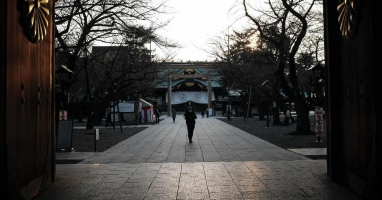
This Movie Captures the Conflict Between “Cured Patients” and Those Around Them in Concrete Detail
Specifically, let’s talk about the divisions depicted in this movie. First, the division between those who “did not get infected” and “Cured patients.”

“Even those who did not get infected” have different positions.
There are those who criticize “Cured patients” by using harsh words such as “trash” and “murderer.” There are also those who cannot let go of their anger at having their loved ones killed right in front of them. Even those who do not hold such strong emotions wonder, “Is there really a guarantee that ‘Cured patients’ will not get sick again?” Each person’s situation is different.
Of course, there are also those who have the desire to accept “Cured patients”. They make rational and wonderful judgments, understanding that not getting infected was just a matter of luck, and that they themselves could have been on the side of the “Cured patients”. However, they may still hesitate at the very end. Memories of the pandemic from a few years ago come flooding back. Who can guarantee that such a tragedy will never happen again?

“Cured patients,” who are viewed harshly by those who are not infected, naturally cannot lead the same life as before. Rejected by the public, unable to find decent work, and treated poorly by officials, they can’t help but lament, “It would be better if I were in a penitentiary instead.”

People like the “Cured patient” have probably existed in various situations throughout history. These are people who have experienced being ostracized, thought of as “unclean” without any legitimate basis, such as in witch-hunts and Hansen’s disease. This movie, while borrowing the format of zombie movies, can also be seen as depicting universal divisions that have occurred throughout history.
However, the “Cured patients” actually face even more suffering. This is due to the “memory of having killed someone” that remains vividly in their minds.

They killed people because they were sick, not because they wanted to. However, regardless of the reason, the fact that they killed someone is firmly stuck in their memories. Most of the “Cured patients” continue to have nightmares even after being healed. They are repeatedly forced to relive scenes where they killed someone, whether it was a stranger or a loved one.
This can truly be described as hell.
In the movie, there is an interview footage that says, “My uncle, who was a “Cured patient,” committed suicide last year.” He probably couldn’t bear the guilt. It’s an unimaginable situation, but I can understand how he felt. It would be unbearable.

And the most realistic situation surrounding the “Cured patient” who bear such hardships is the “division between ‘Cured patients’”. This is arguably the biggest focus of the movie.
While this article does not go into detail, there is a fundamental reason why they cannot come together as one to address the issue of “what to protect and how to protect it.”

It is unfortunate, but sometimes those who are in a difficult environment act to “make themselves a little better off in that environment” instead of focusing on the problem of “something greater than the direct cause of their having to be in that environment.”Cured patients” should unite with each other and fight against something greater, but it is not easy.
This happens often in situations where “larger structures” like “wars” are too big to stand against, but I think this is also a situation that we cannot say is unrelated to our daily lives.
This amazing “social” zombie movie is a great example of fiction that masterfully addresses the fundamental problem of why discrimination and division arise and why they are not resolved.
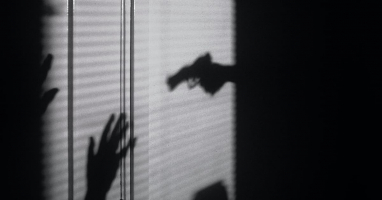
Content Introduction
After several years since the pandemic of “Maze Virus,” society has regained its composure. Thanks to a groundbreaking treatment, 75% of the infected have been cured and are working to reintegrate into society as “Cured patients”. However, the remaining 25% are still in a dangerous “zombie state” and remain isolated in military facilities.

Senan, who aims to reintegrate into society as a “Cured patient,” is fortunate to have a legal guardian, his brother Luke’s wife Abbie.
Senan has ended up killing his brother, Luke. Although Senan is her brother-in-law who took away her beloved husband from Abbie’s point of view, Senan has not been able to confess it to her.
Abbie, who lives with her only son, Killian, is a journalist who interviews those who do not tolerate the return of “Cured patients” into society. However, she warmly welcomes Senan and starts living together. Nevertheless, Senan is trapped in his own suffering, constantly feeling guilty towards Abbie because of having killed Luke.

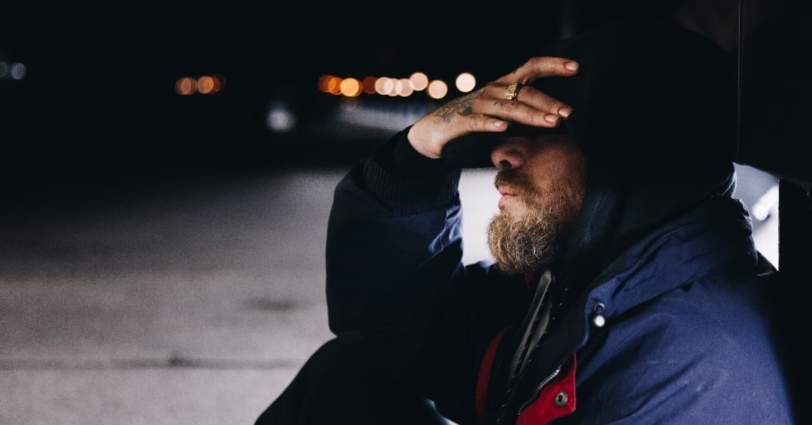
Senan starts working as an assistant at a hospital to reintegrate into society in a world that is not kind to “Cured patients.” The doctor opposes the government’s policy of euthanasia for the remaining 25% of infected patients and challenges to establish a cure by using patient No. 301 as a subject. As an experimental assistant, Senan realizes that infected patients do not attack “Cured patients.”
Meanwhile, Conor, whom he met at the isolation facility, is a former lawyer dissatisfied with only being able to work as a janitor after his release.
As “Cured patients” are released from the isolation facility, opposition movements intensify in the city, leading to attacks on “Cured patients.” Conor and other “Cured patients,” under the banner of the “Recovered Alliance,” begin a movement to gain the rights of “Cured patients”…
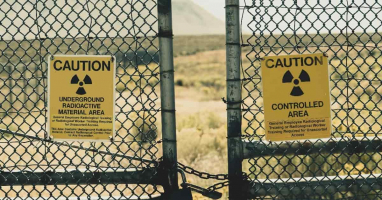
Impression
Anyway, I think the movie feels very realistic, except for the existence of a fictional pathogen called “Maze Virus.”

In this movie, the audience is presented with the reality that “judgment easily changes depending on the position we take.”
For ordinary citizens who did not get infected, it’s understandable to have the perception that “’Cured patients’ cannot be trusted.” While it’s unacceptable to treat “Cured patients” poorly and diminish their personalities, I think it’s natural to feel scared because there’s no guarantee that they won’t get sick again.

“Cured patients” who have no choice but to live in such a society would end up thinking that theycan only form a group. They didn’t get infected because they wanted to, and those who didn’t get infected were just lucky, so there is little difference between them. However, because the situation worsens to the point of being attacked, it’s understandable that they have no choice but to organize for self-defense, and that they become radicalized to gain their rights.
Also, from the government’s perspective, they would have no choice but to decide that “25% with no prospect of recovery must undergo euthanasia.” Of course, if a groundbreaking treatment found, the situation would be different, but currently, not much is expected. Of course they would not have wanted to be infected, and they would have wanted to recover, but because they have such a tremendous impact on society, the choice of “euthanasia” cannot be avoided.

All positions on this issue may seem “inevitable” from their respective standpoints, but each one conflicts with the other, creating further divisions.
And I believe this movie vividly depicts this “structure of division” by using the “unrealistic setting” of a “zombie movie.”

When depicting “division” based on something that actually exists, such as bullying, real illness, or racial discrimination, there would be a high possibility that one will judge based on their own pre-existing values. However, in the case of this movie, it is based entirely on the fictional setting of the “Maze Virus,” making it possible to purely capture each position.
Therefore, we can realistically understand the situation happening in our reality, where “we can understand each position, yet they come into conflict and division is born.”


The ending of the movie takes a tragic turn that makes us feel devastated, even though we knew it was inevitable. It is not right for anyone, but I can only say that it is a tragedy born of people in every position trying to make a decision that is as correct as possible in their own way.
It is not anyone’s fault, but a situation that can only be described as “unavoidable.” However, I couldn’t help but feel that there must be a way to find a path forward that doesn’t end with just accepting that it can’t be helped.

Conclusion
The story is a fantastic zombie movie because the completely unrealistic setting allows for a pure depiction of reality without any unwanted mix-ins that would be difficult to avoid in a realistic portrayal. I think it’s a great movie.

Published Kindle books(Free on Kindle Unlimited)
“The genius Einstein: An easy-to-understand book about interesting science advances that is not too simple based on his life and discoveries: Theory of Relativity, Cosmology and Quantum Theory”
“Why is “lack of imagination” called “communication skills”?: Japanese-specific”negative” communication”

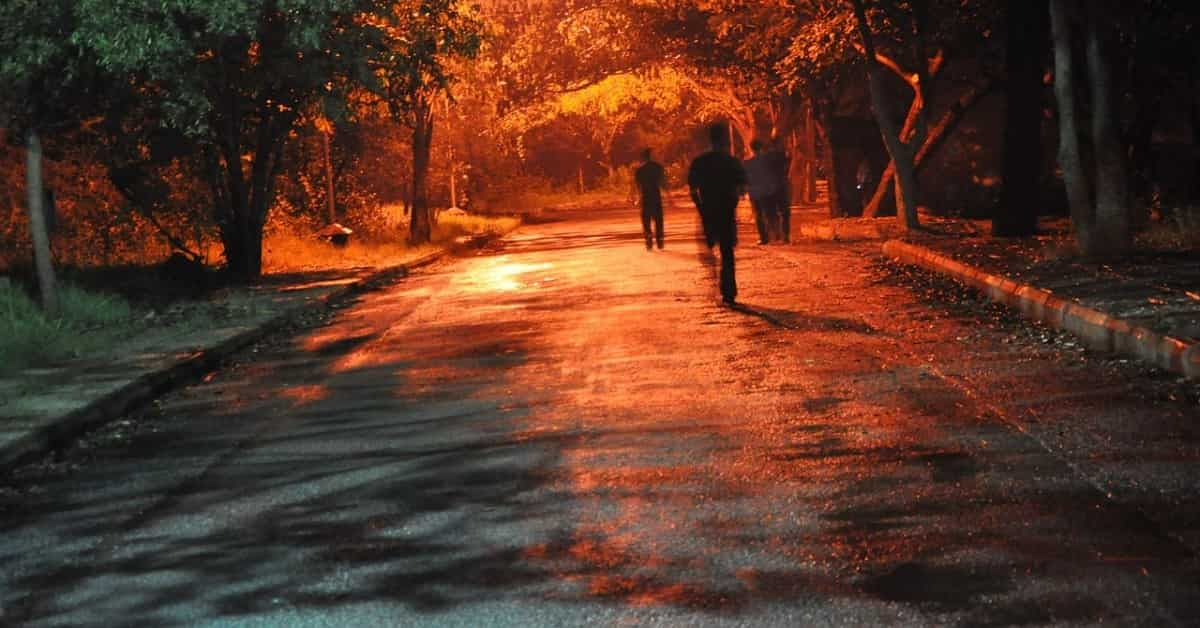





コメント